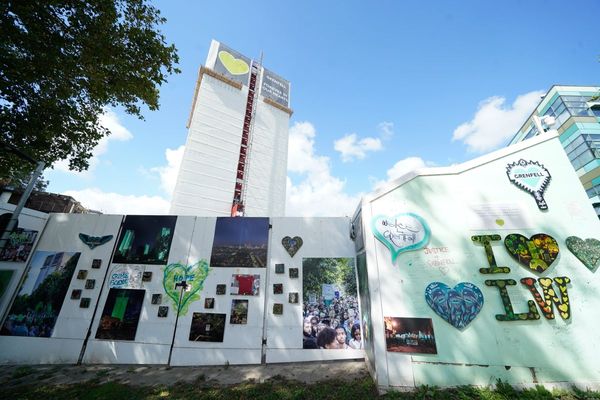
About 70 of Australia’s threatened species have been given a leg up after one of the nation’s largest cattle companies opened its sprawling stations to science.
Ecologists from the Australian Wildlife Conservancy have been granted ongoing access to monitor, preserve and improve ecosystems across 6.1 million hectares where the North Australian Pastoral Company runs 200,000 head of cattle.
The company’s 14 properties across Queensland and the Northern Territory are believed to support about 70 threatened species including several that are critically endangered.
They include the purple-necked rock wallaby, known for its pretty, subtle blush of pinky-mauve, and the plains-wanderer, a quirky, quail-like bird teetering on the brink of extinction.
Others are in a little less trouble but are still vulnerable, like the Kowari, a small and innocent looking carnivorous marsupial that’s not afraid to take on birds, lizards and rodents.
Dr Richard Seaton is the wildlife conservancy’s senior ecologist and will manage the NAPCO partnership. He hopes it will become a model that will preserve biodiversity and business, wherever they collide.
In Australia, that’s the majority of the country.
“About 55 per cent of Australia is covered by some sort of pastoralism, agriculture. If a model can be developed that allows the bottom lines to be met, while also sustaining biodiversity, that’s as significant as it gets,” Dr Seaton says.
Work will start with a series of field assessments to shore up desktop modelling that has estimated what is likely to be living on the 14 stations, based on the habitat that’s there.
Management plans to preserve and enhance all native species will then begin, with the entire program underpinned by long-term monitoring to prove that it’s working.
“A lot of people talk about managing properties to improve biodiversity and sustainability, but there’s very little monitoring that goes in behind that, to explicitly illustrate that it is unequivocally happening,” Dr Seaton says.
“This is about developing a model that can show what is happening to those values across the estate. It’s about trying to work out how we can get cows and biodiversity in the same paddock, and have outcomes for both.”
NAPCO chief executive Allan Cooney says the company decided to approach the wildlife conservancy as an extension of the 400,000 hectares of land it has already set aside as nature refuge areas.
He says the company will change its cattle handling practices if ecologists say it’s needed to protect what lives on the stations, and he hopes to demonstrate that biodiversity outcomes and large commercial operations are not mutually exclusive.
“We believe that the two can coexist, and coexist really well in a really positive way. We’re setting out to demonstrate to the rest of the world what can be done.”
Dr Seaton says the partnership is a long-term proposition and it will take years to build up the strategies to underpin it.
But he’s incredibly excited about getting out there to have a good look around and hopefully spot a plains-wanderer.
“The recent habitat modelling has suggested there could be up to two million hectares of suitable habitat across NAPCO properties.
“That’s incredibly exciting because this is one of 20 species most likely to become extinct in the next 20 years in Australia.”
The NAPCO partnership has doubled the amount of land the wildlife conservancy has stewardship over nationwide, to 12.5 million hectares.







